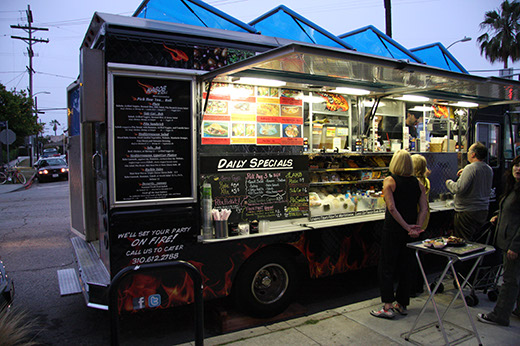For a long time, food safety regarded the concepts of food truck to be a disgusting and unhygienic. However, in recent times, food trucks have become a huge phenomenon. In 2008, a Korean taco truck was established in Los Angeles. It rose in popularity, with some of its top chefs appearing in Food Network (an online recipe website). This sensation has lead to studies conducted by sociology doctoral students from Northwestern University and the University of Michigan detailing the rise and transformation of gourmet food trucks in a study presented Saturday at the meeting of the American Sociological Association.
This new sensation has not only become on of the world’s most popular way of eating, but it has helped bridge socioeconomic gaps. The customers of these food trucks range from taxi drivers to Nobel Prize laureates.
The quirky menus and unique options provided by the food trucks is one of the main things that entice customers to the trucks. They fuse two cuisines, sometimes from the opposite sides of the planet, to create something new and exciting.
Despite their popularity, food trucks have faced food safety issues. A 2013 Globe analysis discovered that 41% of food trucks had food safety violations that put customers at risk. Food trucks are checked by food safety inspectors two to three times. One example is food truck company Clover. This vegetarian company boasted in their no freezer policy because it cooks their food fresh daily. But it was forced to temporarily close last summer after a salmonella outbreak sickened more than a dozen customers. Since October, it has passed all of its health inspections, some with minor violations, according to city records.
For more, click here.
